Tommaso from ‘An Extrovert Paints!’ has been hard at work on his latest Bolt Action Italian project – a platoon based on the Granatieri di Sardegna, known in English as the Sardinian Grenadiers. Here he presents a brief history of their role during WWII as well as new rules for their use in Bolt Action. These rules have been officially approved by Bolt Action game designer Alessio Cavatore.
Historically, the Italians have suffered from a poor reputation during World War II, but a little research shows the Italians were very tough fighters, though at times suffering from poor leadership, service branch disputes, limited production power, and limited access to raw materials, all of which really put a dampener on their effectiveness. Nevertheless, when led well and properly equipped, the Italians were a force not to be taken lightly.
This is no doubt true for the Granatieri di Sardegna. The Granatieri have a unit legacy that predates the Second World War; in fact, it is one of the oldest units of the Regio Esercito (Royal Army) tracing back to the late 17th Century, before Italy was even a country and when smaller kingdoms cut up the Italian peninsula.
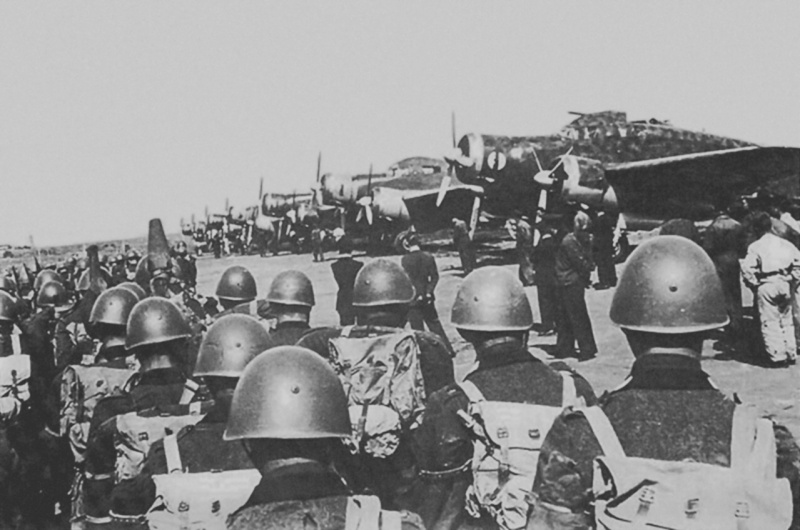
Leading up to the Second World War, the Granatieri di Sardegna would take on the mantle of the 21st Infantry Division in line with the restructuring of the Regio Esercito. It had with them an attached artillery regiment, this being the standard allotment for an Italian infantry division at the time. It took part in the invasion of France in 1940 but did not have an opportunity to see any combat before France surrendered.
In 1942, additional battalions would be raised as an autonomous group which were sent to Corsica. Meanwhile, the grenadiers of the 21st Infantry Division would be deployed to Yugoslavia to assist in anti-partisan duties. With the probable invasion of the Italian mainland in 1943, the division, now veterans of multiple campaigns, would be called back to Rome. It is what happens next that really distinguishes the Granatieri di Sardegna as an elite fighting force.
On the eve of the announcement of the armistice, the grenadiers of the 21st Infantry Division were arranged behind a series of strategically placed barricades and defensive positions in a crescent-moon-shaped line that traversed from the west to the south, and then back to the north-east of the centre of Rome. These fortified thirteen strongholds (caposaldi in Italian) were hastily constructed but good enough to handle the task and were focussed on major intersections and roads where it was presumed the enemy would advance.
Behind these caposaldi were stationed several companies of grenadiers, bersaglieri, support troops, X Arditi and guastatori assault engineers. Behind these main strongholds, armed civilians formed interior lines along side streets, in buildings, and at other areas being reinforced, ready to assist when necessary – and they would be necessary.
Supporting the Granatieri di Sardegna along the line and in reserve were a few companies of carabinieri (some from training units in Rome and other active carabinieri personnel), a battalion of guastatori, and a good quantity of armoured support, ranging from the newer M15/42 tanks, AB42 Autoblinde (armoured cars), Semoventi da 47/32 (light assault guns), Semoventi da 75/18 and Semoventi da 105/25 (medium and heavy assault guns respectively), all of the crack 135th ‘Ariete II’ armoured cavalry division. One armoured reconnaissance group from the ‘Ariete II’ division, the Lancieri di Montebello, would play a major role and suffer heavy casualties in the fighting ahead.
Following the armistice announcement on 8 September 1943, the Germans attacked from the South with the 2nd Fallschirmjäger Division supported by dozens of anti-tank guns, assault guns, and armoured cars of their own. The Granatieri di Sardegna paid a heavy price in nonstop fighting over two bloody days in the defence of Rome, but ultimately were beaten back and, after the leading Italian commander in Rome announced a surrender to the Germans, many grenadiers melted away into partisan resistance movements in and around Rome.
On Corsica, the situation was just as tenuous as it was in Rome, but the grenadiers fared better overall. Having only been occupying the island for less than a year, the granatieri started to look at their German allies with distrust. The feeling was mutual. Leading up to the armistice, Germans had attacked a platoon of granatieri without provocation with a withering artillery barrage that drove them from their positions in Sartene. At that point, the fate of the strained alliance on Corsica between the Germans and Italians was sealed.
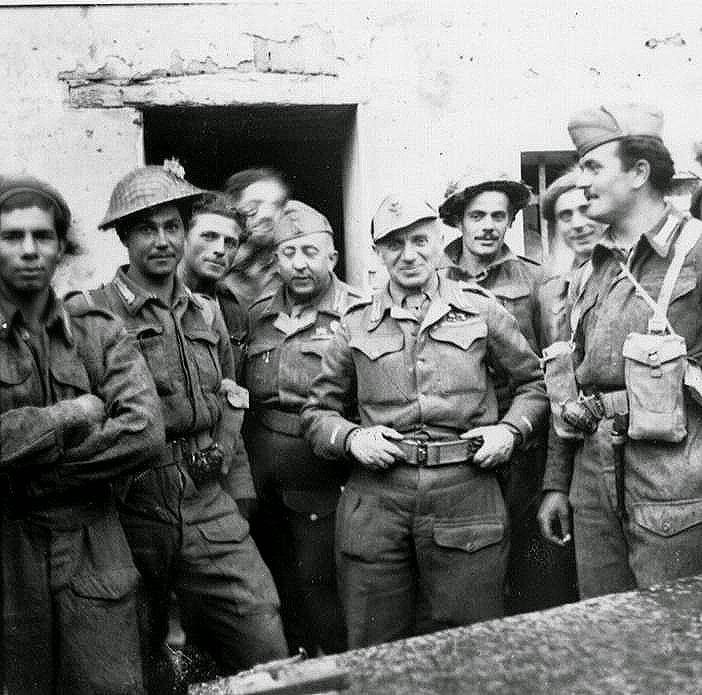
On 8 September 1943, the Granatieri di Sardegna stood firm with the Corsican resistance, many of whom had formed a mutual respect given to longstanding kinships between the Italians and Corsicans. When the Germans of the 90th Panzergrenadier Division and the Sturmbrigade Reichfuhrer-SS tried to push their way through the island, the Italians resisted them.
Over days of heavy and brutal combat, the autonomous Granatieri di Sardegna battalions, as well as the 20th Infantry Division ‘Friuli’, the 44th Infantry Division ‘Cremona’, 226th Coastal Division, and attached battalions including one each of bersaglieri and alpini, would bloody themselves, but ultimately dislodge the Germans off Corsica entirely. Following these actions, the Corsican garrison units were admitted into the newly formed Co-Belligerent force working with the Allies who would then reconstitute the Granatieri di Sardegna from the veterans.
Sardinian Grenadiers in Bolt Action
So far Tommaso has been wielding his brush with gusto! He’s painted three officers (with different ranks so he can swap them in or out depending on the scenario), two eight-man granatieri rifle squads with one LMG and one SMG each, and one eight-man rifle squad of carabinieri with one LMG and one SMG. Also included are two tanks, representing the ‘Ariete II’ division during the defence of Rome, but these could be used to represent most Italian tanks of the same type in 1943.
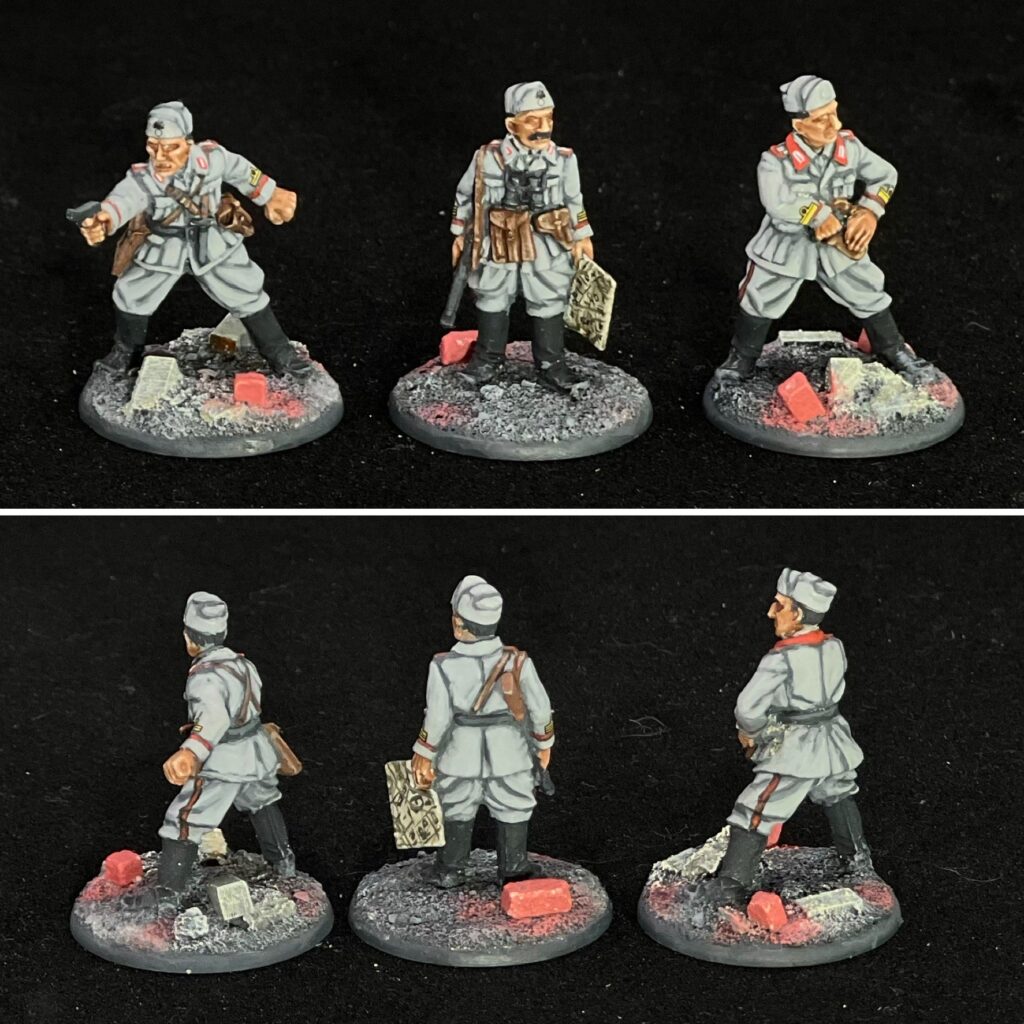
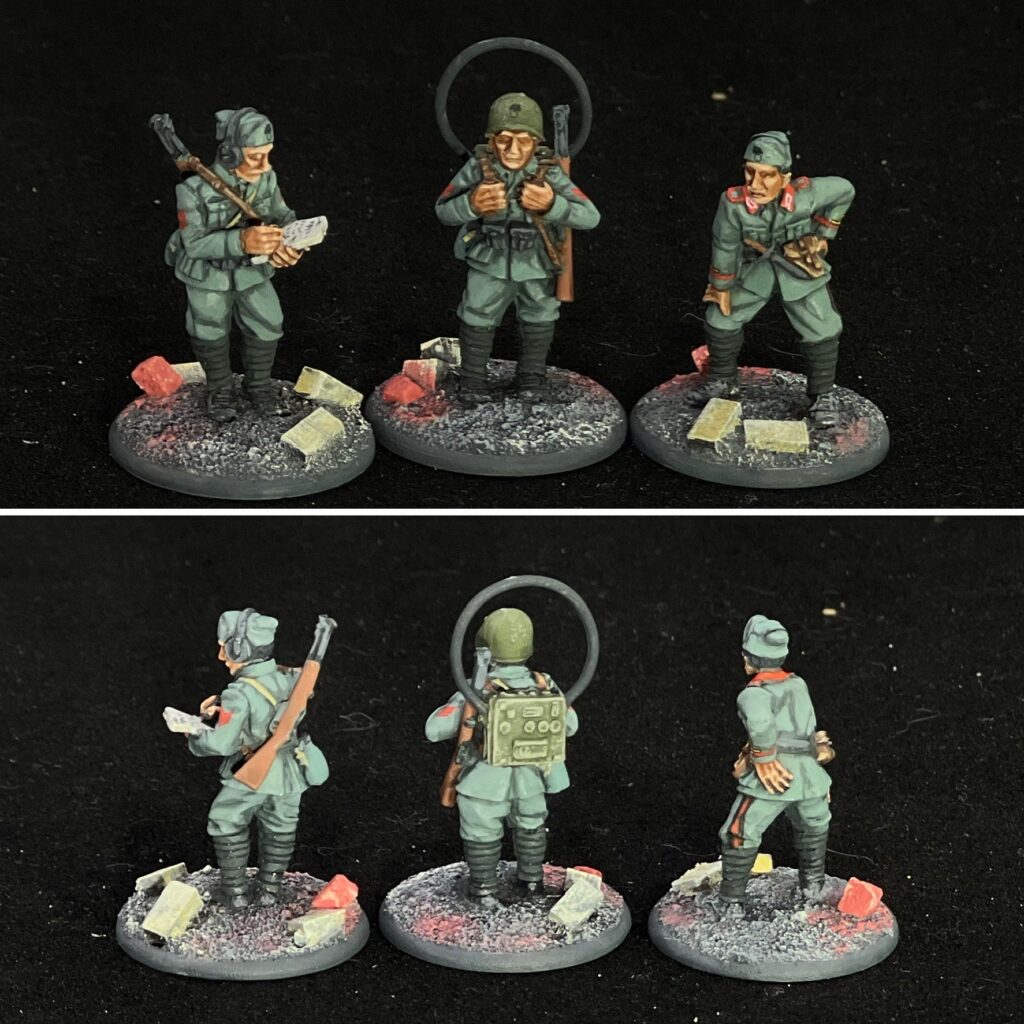
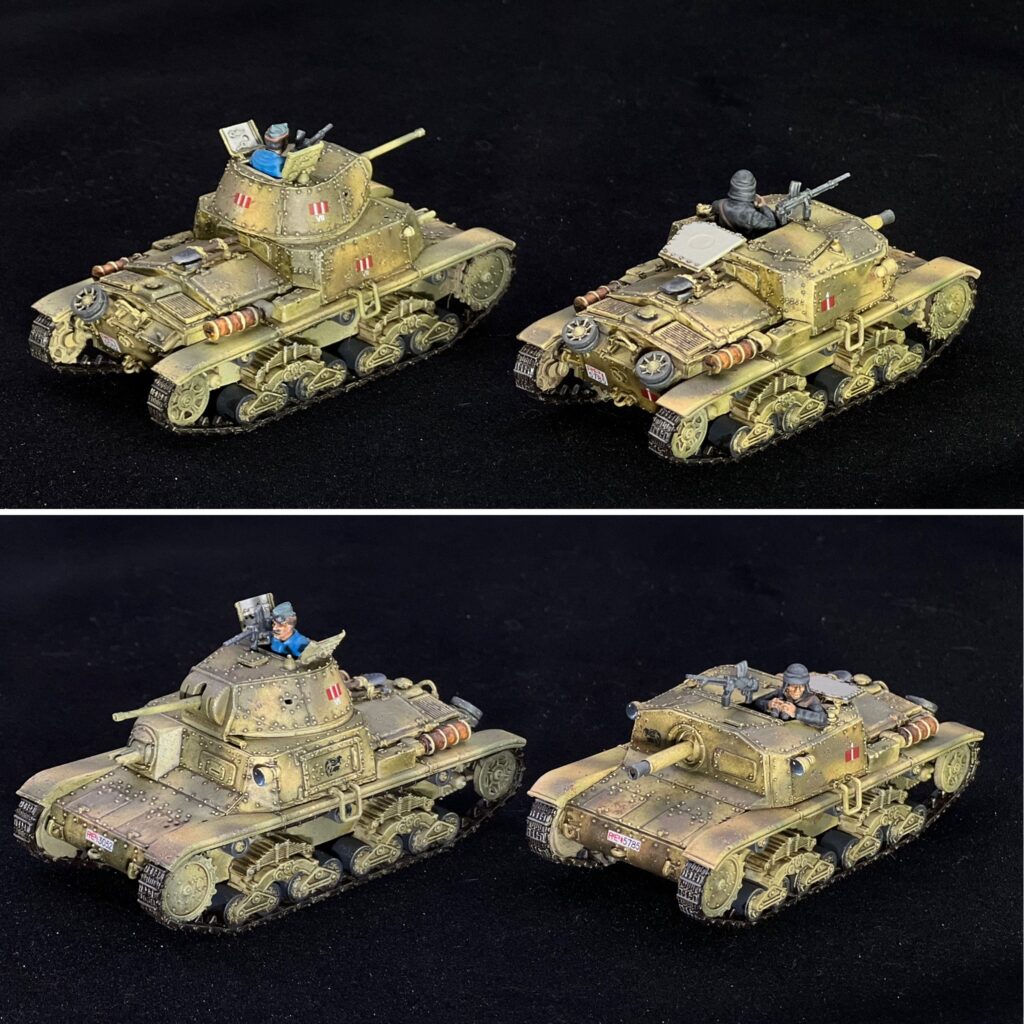
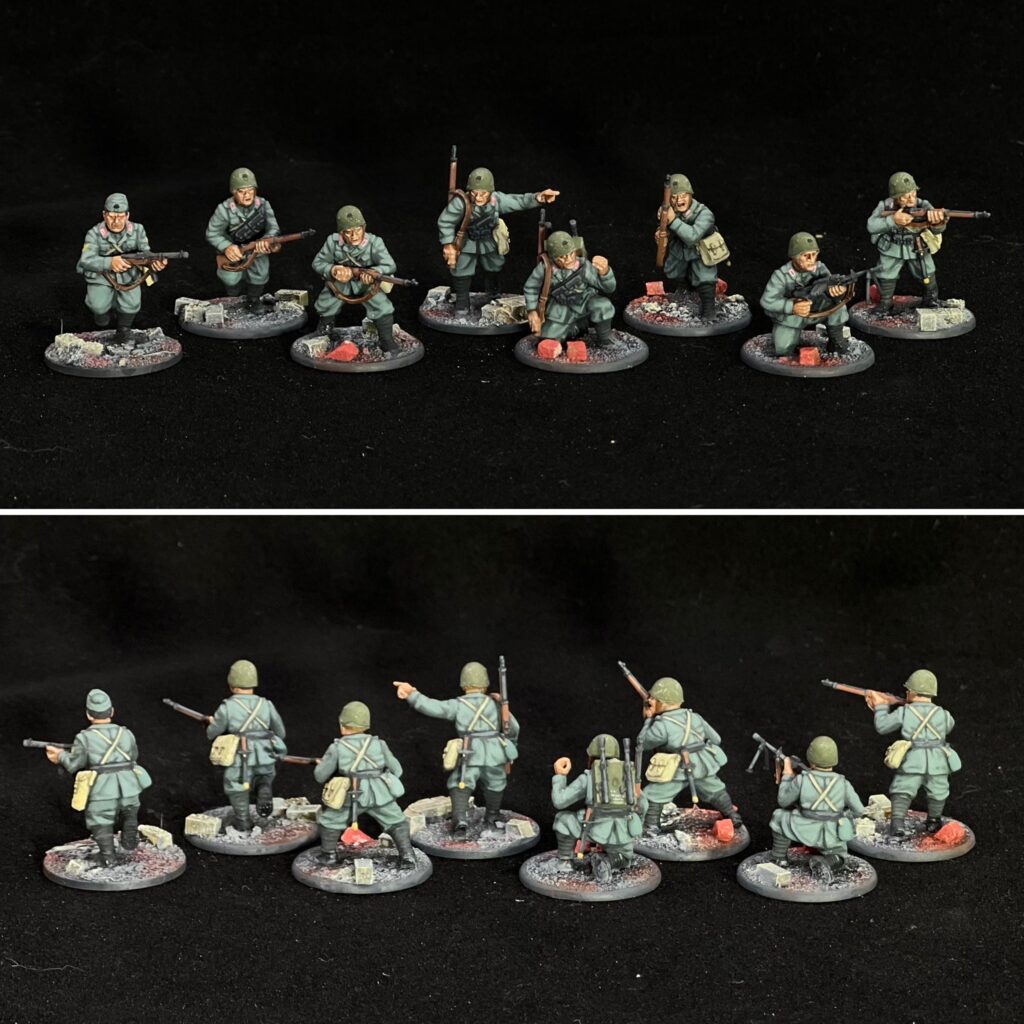
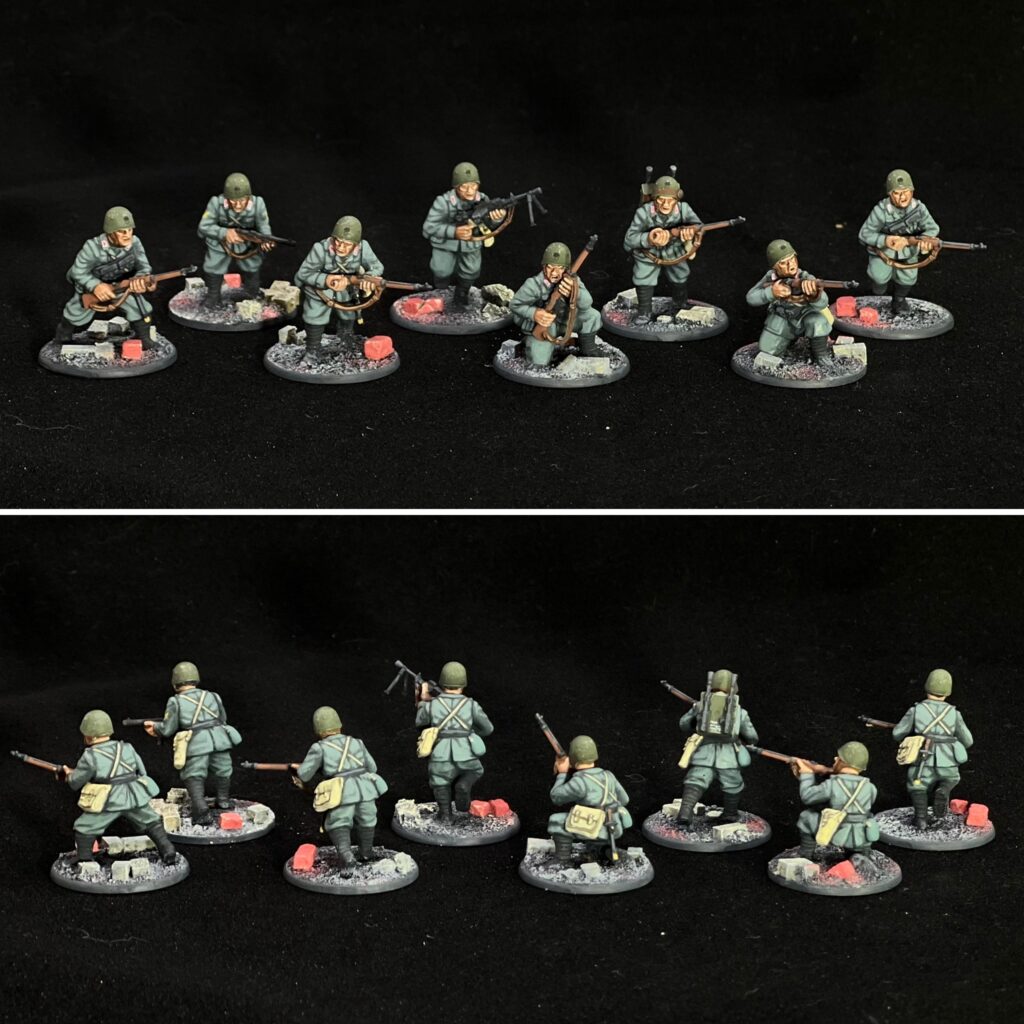
Rules for Sardinian Grenadiers and their officers can be found below.
GRANATIERI DI SARDEGNA OFFICER
| Cost | – Second Lieutenant 50pts (Regular); 65pts (Veteran) – First Lieutenant 75pts (Regular); 90pts (Veteran) – Captain 120pts (Regular); 135pts (Veteran) – Major 160pts (Regular); 175pts (Veteran) |
| Composition | 1 officer and up to 3 further men |
| Weapons | Pistol, submachine gun or rifle as depicted on the models |
| Options | -The officer may be accompanied by up to 3 men at a cost of +11pts per man (Regular) or +14pts per man (Veteran) -The officer and his attendants may be given ‘Tough Fighters’ for +1pt per soldier |
| Special Rules | –Bold Leadership – The ‘Poor Officers’ army special rule does not apply to Granatieri di Sardegna officers –Nessuna resa! (“No Surrender!”) – Granatieri units re-roll failed morale checks if they lose more than half their number. –Spirito di Gruppo (Captains and Majors only) – The ‘’Defeat after Defeat, Followed by Impending Defeat” army special rule does not apply to a Granatieri di Sardegna platoon if a Granatieri Captain or Major are included (note they do not benefit from the ‘Avanti Savoia!’ special rule, either). |
GRANATIERI DI SARDEGNA INFANTRY SQUAD
| Cost | Regular 55pts, Veteran 70pts |
| Composition | 1 NCO and 4 men |
| Weapons | Rifles |
| Options | -Add up to 5 additional men with rifles for +11pts (Regular) each, or +14pts (Veteran) each. -The NCO can have a pistol instead of a rifle for -3pts, or submachine gun instead of a rifle for +3pts -Up to 1 man can have a submachine gun instead of a rifle for +3pts -Up to 1 man can have a light machine gun for +20pts – another man becomes the loader -The squad may be given ‘Tough Fighters’ for +1pt per man -The squad can be given anti-tank grenades for +2pts per man |
| Special Rules | –Nessuna resa! (“No Surrender!”) – Granatieri units re-roll failed morale checks if they lose more than half their number. –Tank Hunters (if anti-tank grenades option is taken) |
Tomasso has also created the following Theatre Selector to allow for the Sardinian Grenadiers to be included in games of Bolt Action. This selector and the rules above are officially approved by Bolt Action game designer and rules overlord, Alessio Cavatore.
Mid-Late 1943 Granatieri di Sardegna Platoon for Bolt Action:
In so far as gameplay goes, the Italians do suffer a bit from hard-hitting veteran infantry. A Granatieri di Sardegna platoon will give some new character to a familiar playstyle and fill a small void that gives the Italian player a bit more muscle when playing against a German force in 1943.
ARMY SPECIAL RULES For forces made using this selector, use the army special rules from the Italy: Soft Underbelly campaign book in lieu of those found in the Armies of Italy and the Axis book.
The units listed in this platoon selector that are not among the New Units presented in this PDF can be found either in Armies of Italy and the Axis book or the Italy: Soft Underbelly campaign book.
1 Granatieri di Sardegna officer
2 Granatieri di Sardegna infantry sections
Plus:
Headquarters:
0-1 Granatieri di Sardegna officer
0-1 Medic
0-1 Forward Observer (either Artillery or Air)
0-1 Intelligence Officer
0-1 Chaplain
Infantry:
0-4 infantry sections from: Granatieri di Sardegna infantry sections, a maximum of 2 Carabinieri infantry sections, a maximum of 1 Guastatori Destruction Group
0-2 Medium Machine Gun team
0-1 Mortar team: Light, Medium
0-1 Sniper team
0-1 Solothurn 20mm anti-tank rifle
Artillery:
0-2 guns from:
Field artillery: light, medium, a maximum of 1 heavy gun
Anti-tank gun: 47/32 Elefantino
Anti-aircraft gun: Breda 20mm
Armoured Cars:
0-1 vehicle from: Autoblinda 41, L6/40 light tank
Tanks and Tank Destroyers:
0-1 vehicle from: M14/41 Medium tank, M15/42 Medium tank, Semovente 47/32, Semovente 75/18, Semovente 105/25
Transports and tows:
0-1 transport per unit per infantry unit from: FIAT 508 CM, Truck, Autoprotetto S37
0-1 tow per artillery piece from: Horse-drawn limber, Mule team, Wheeled artillery tractor, Breda artillery tractor
Written by Tomasso (An Extrovert Paints)
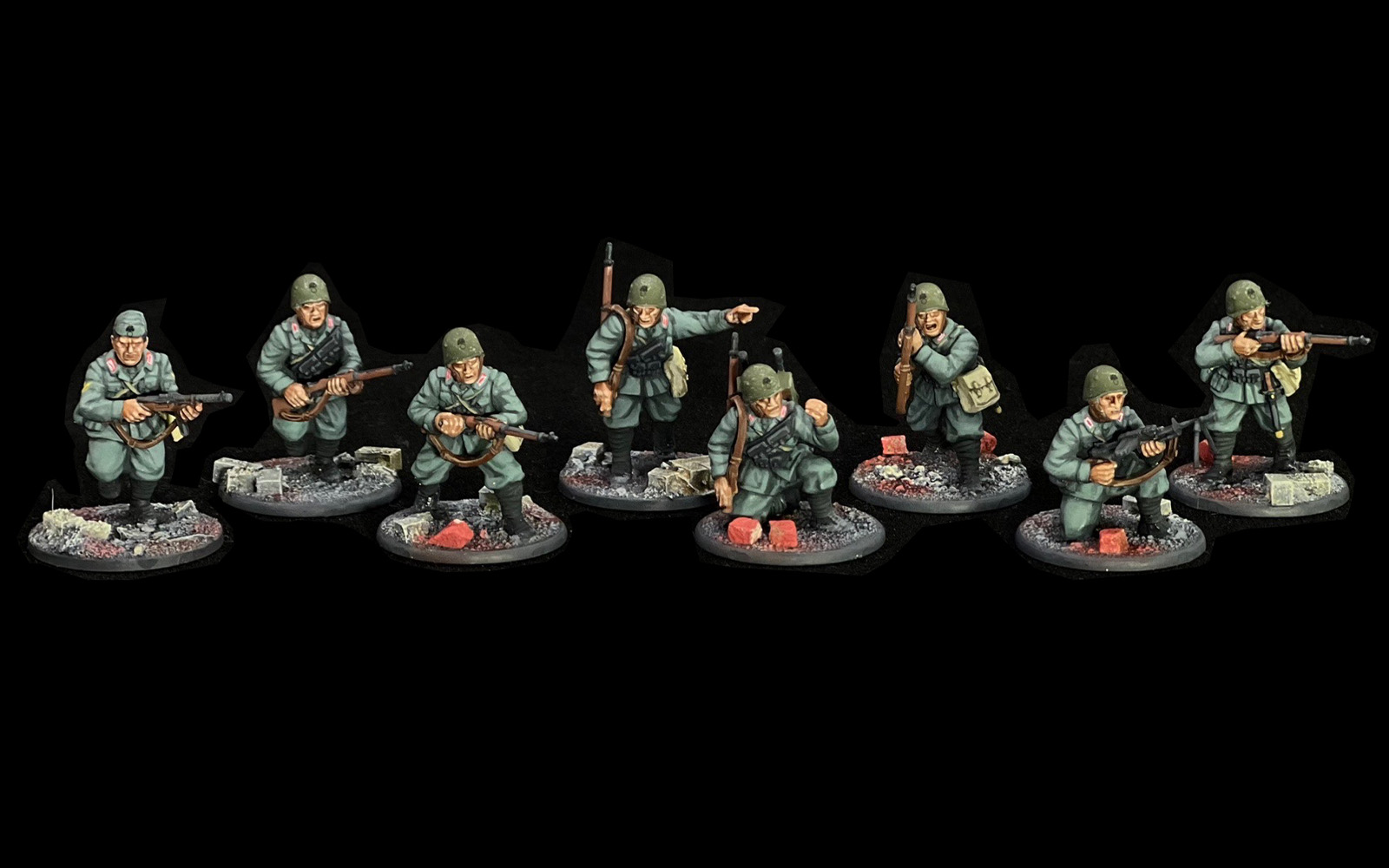
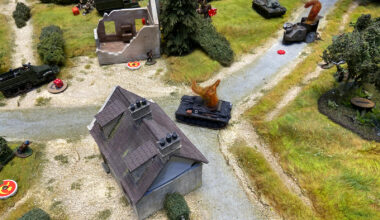
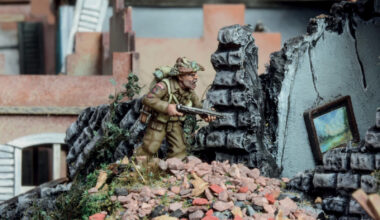
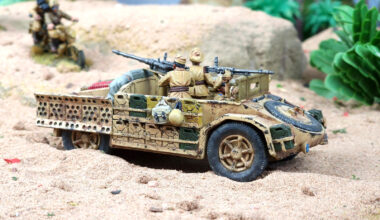
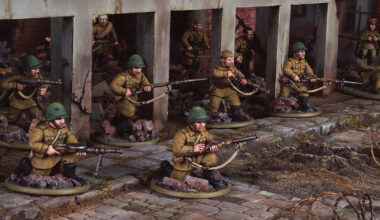

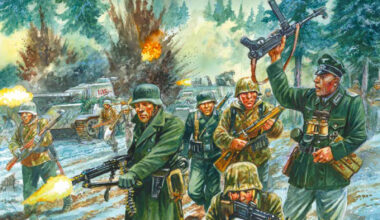
2 comments
Interesting read, also pass on Tommaso lovely paint jobs!
Would there be a chance we could get a how to article for the painting?
Stupendi :D! Will they be in the next errata? And will they be allowed in the Generic Reinforced Platoon? 😀
BR
Timo
Comments are closed.